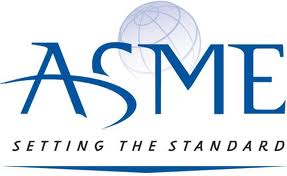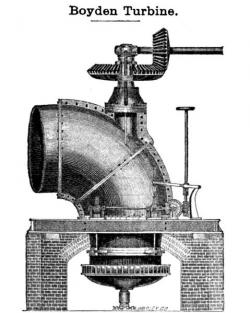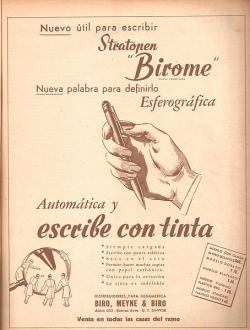ASME



During the post-Civil War era, efforts to cultivate the land for higher crop yields resulted in the digging of thousands of miles of ditches to improve land drainage. Accurately graded ditches were needed for open drainage, pipeline trenches and placement of underground agricultural drainage tile. Teams of skilled workers laid out the direction and gradient of a ditch and dug it out with pick and shovel. The Black Swamp area, where Lake Erie drains into northwest Ohio and southeast Michigan, was the center of much of the U.S. ditching activity.








Built by the Bay City Dredge Works of Bay City, Michigan, this dredge was used to construct a portion of US 41 called the Tamiami Trail, which connected Tampa with Miami through the Everglades and Big Cypress Swamp. The last remaining display of walking dredges (of some 145 walking machines), it has a unique propulsion design enabling the dredge to cope with drainage problems in a wetlands environment.


